Wavefront Epi-LASIK (also known as Modern PRK, Advanced Surface Ablation, Photo Refractive Keratectomy, and LASEK) is a popular “bladeless” laser vision correction procedure, which does not require making a flap or using ANY sharp instruments during the procedure. Rather than using a laser to create a LASIK flap, the surface epithelial skin cells are instead brushed away with a “soft brush” epithelial polisher before the wavefront excimer laser reshapes the cornea. In Epi-LASIK, the actual procedure is completely painless, but patients usually report moderate discomfort during the first 3-4 days, as the corneal epithelial skin cells heal over the laser-treatment area.
The final results are identical with LASIK and Epi-LASIK. Though LASIK has a faster healing time and less discomfort, in certain clinical scenarios Epi-LASIK may be the treatment of choice. While we strive for an ideal patient experience, we always prioritize long-term safety over achieving an instant recovery.
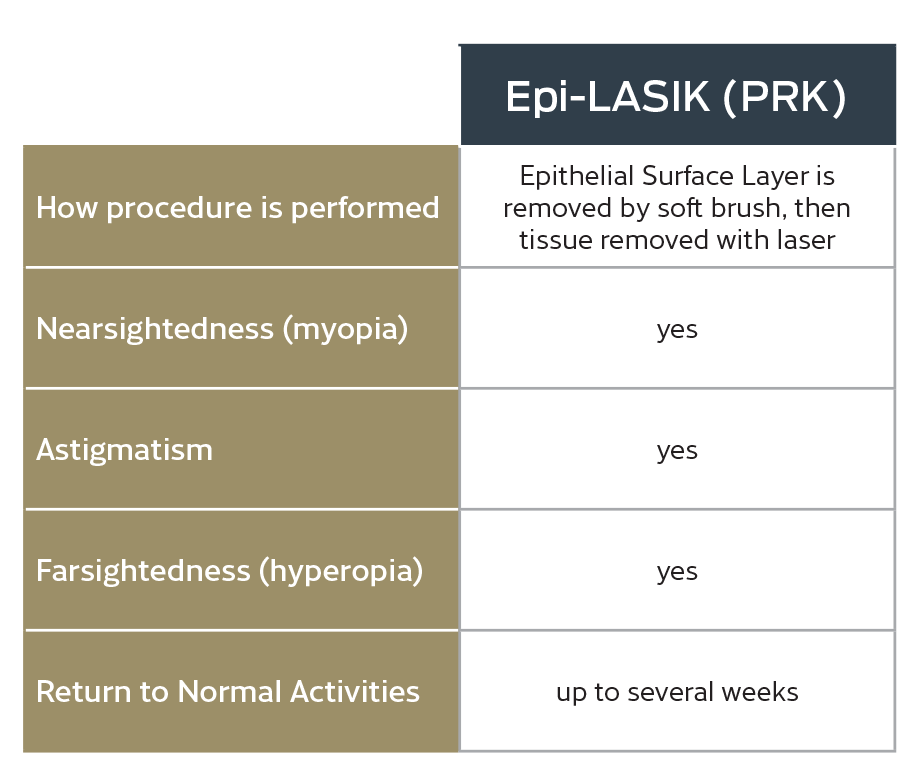
The laser procedures in modern vision correction are all very similar in terms of time to perform. Their methods are slightly different and each one uses a different combination of lasers. Your doctor will help determine which method is best for you following our Advanced Vision Analysis.
Both Epi-LASIK and LASIK have proven to be equally-effective methods for laser vision correction. While the initial recovery is usually slower with Epi-LASIK compared to LASIK, the final vision result is the same with either method. In my ophthalmology practice, I currently perform about 70% LASIK and 30% Epi-LASIK. Given the fact that LASIK has a quicker recovery and less discomfort, why would anyone choose to have Epi-LASIK instead of LASIK? The reason is that in some clinical scenarios, Epi-LASIK may have a safety advantage LASIK.
For patients with certain corneal measurements, there may be an elevated risk of a LASIK flap problem. For these patients, it is safer to select Epi-LASIK, which avoids the flap problem all together. What’s the downside? With Epi-LASIK, there is a slower initial recovery and more initial discomfort. However, recent improvements in our “Soft Brush” Epi-LASIK techniques have greatly reduced the initial discomfort that was associated with the original PRK procedure. We have fine-tuned our post-operative Epi-LASIK regimen to make the initial healing phase as comfortable and quick as possible for our patients. When I recommend Epi-LASIK, it is because long-term safety is more important than achieving an instant recovery. Ultimately, this is a clinical decision that requires experience and judgment.
• Patients with thin corneas or irregularly shaped corneas
• Patients predisposed to extreme trauma (i.e. boxer)
• Soldiers in the US Marines/US Army are preferred to have Epi-LASIK/PRK instead of LASIK
• Patients with certain corneal dystrophies
• Patients with very large pupils
• Patients that previously had eye surgery, such as LASIK, radial keratotomy, retinal detachment repair, or glaucoma surgery
• Any patient who just doesn’t want a LASIK flap!
In “Soft Brush” Epi-LASIK, rather than creating a LASIK flap, the surface epithelial skin cells are brushed away before the excimer laser reshapes the exposed surface of the cornea. With modern techniques, the epithelium can be removed with an automated polishing brush, dilute alcohol solution or a motorized instrument. I prefer to use an automated soft brush device, called an Amoils “Soft Brush” Polisher.
In some cases I may use dilute alcohol for Epi-LASIK in eyes that have had previous surgery, such as radial keratotomy. In Epi-LASIK, the actual procedure is completely painless, but patients usually report moderate discomfort during the first 3-4 days, as the corneal epithelial skin cells heal over the laser-treatment area. A soft bandage contact lens is placed for comfort during this time. Good functional visual recovery takes about a week or two, but like LASIK, it can take several weeks to improve to optimal levels. I tell my Epi-LASIK patients to expect eye soreness for 3-4 days and somewhat blurry vision for the first 6-7 days. I use Mitomycin-C medicine immediately after the laser treatment to help the cornea heal better.
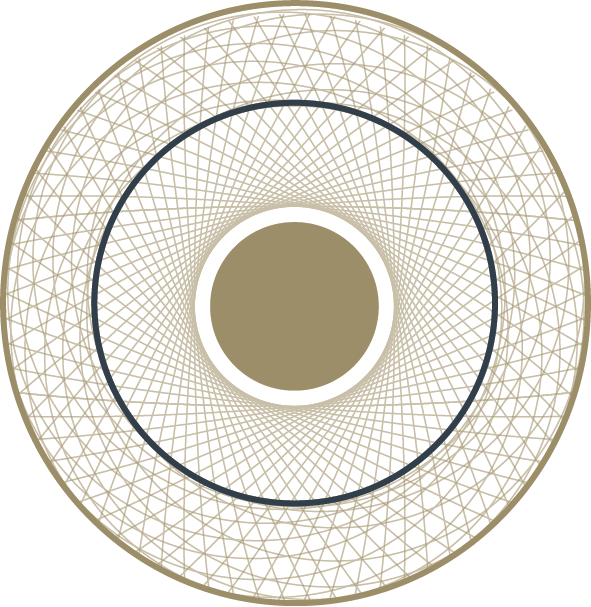
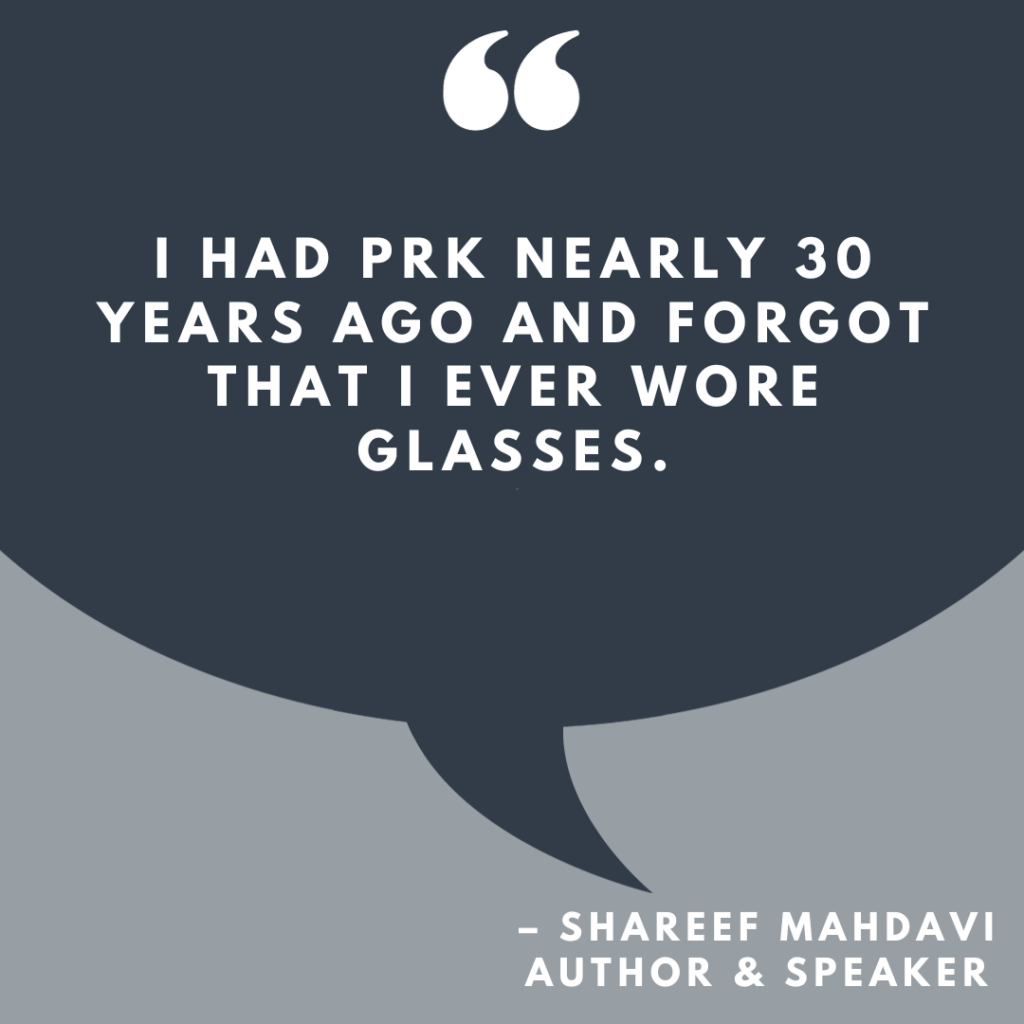
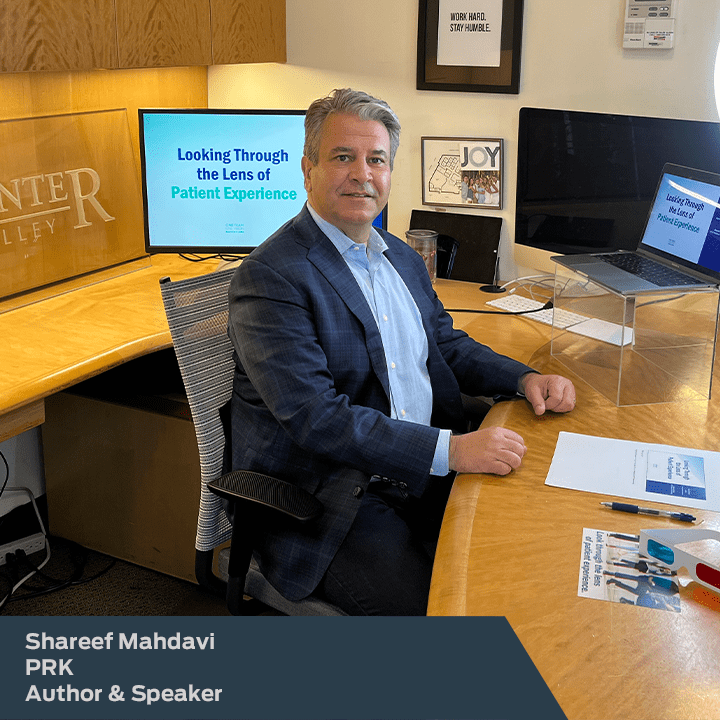
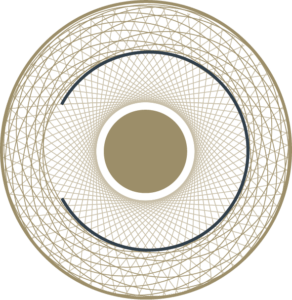
• Quick visual recovery
• Widest range of treatment options
• 1st laser creates a flap; 2nd laser reshapes the cornea
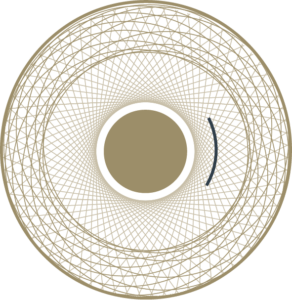
• Quick visual recovery
• No flap required
• Fastest return to normal activities
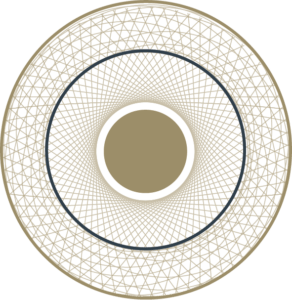
• Allows laser treatment for thinner corneas
• May require more time off from activities
• Requires use of bandage contact lens while epithelial
surface regenerates over first few days
• The postoperative healing period can often be uncomfortable
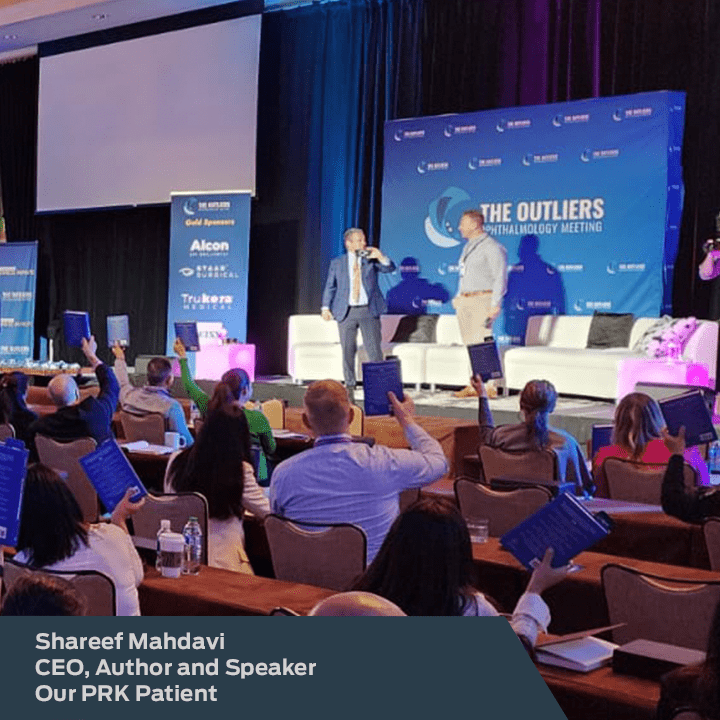
606 Saratoga Ave,
San Jose, CA 95129
5790 Stoneridge Mall Rd, Pleasanton, CA 94588